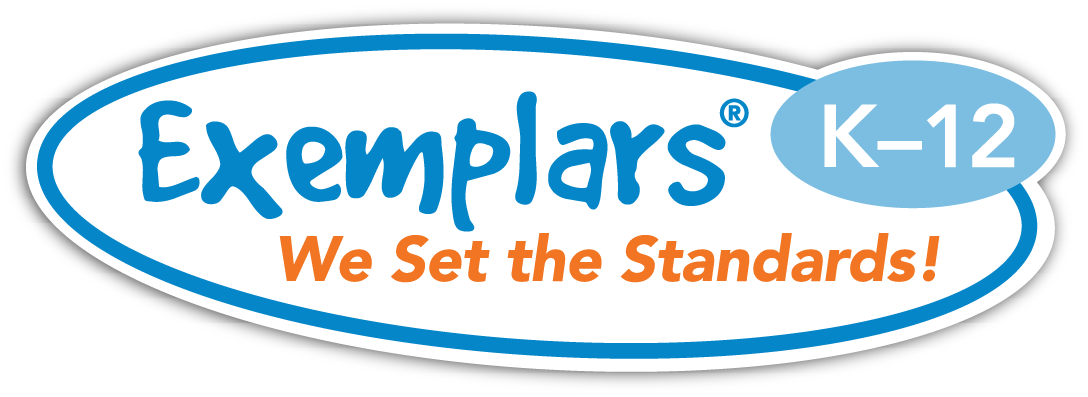Common Core Math Samples
Yours to try—free: Performance tasks that connect both the Common Core Standards for Mathematical Content and Mathematical Practice. Featuring differentiated instructional tasks and summative assessments with anchor papers, these engaging tasks let every student build their skills through solving real-world DOK 3-level problems.
The samples below are aligned to Common Core standards and include problem-solving performance tasks, teacher planning sheets, rubrics, student anchor papers, and scoring rationales. They reflect just a few of the 500+ tasks in Problem Solving for the 21st Century: Built for the Common Core.
Not Common Core? No problem. Exemplars offers other product variants for:
Grade K
K.OA.A.4
K.OA.A.4
For any number from 1 to 9, find the number that makes 10 when added to the given number, e.g., by using objects or drawings, and record the answer with a drawing or equation.
Grade 1
1.OA.D.7
1.OA.D.7
Understand the meaning of the equal sign, and determine if equations involving addition and subtraction are true or false. For example, which of the following equations are true and which are false? 6 = 6, 7 = 8 - 1, 5 + 2 = 2 + 5, 4 + 1 = 5 + 2.
Grade 2
2.NBT.B.6
2.NBT.B.6
Add up to four two-digit numbers using strategies based on place value and properties of operations.
Grade 3
3.NF.A.3b
3.NF.A.3b
Recognize and generate simple equivalent fractions, e.g., 1/2 = 2/4, 4/6 = 2/3. Explain why the fractions are equivalent, e.g., by using a visual fraction model.
Grade 4
4.NF.B.3c
4.NF.B.3c
Add and subtract mixed numbers with like denominators, e.g., by replacing each mixed number with an equivalent fraction, and/or by using properties of operations and the relationship between addition and subtraction.
Grade 5
5.NBT.B.7
5.NBT.B.7
Add, subtract, multiply, and divide decimals to hundredths, using concrete models or drawings and strategies based on place value, properties of operations, and/or the relationship between addition and subtraction; relate the strategy to a written method and explain the reasoning used.
Grade 6
6.G.A.3
6.G.A.3
Draw polygons in the coordinate plane given coordinates for the vertices; use coordinates to find the length of a side joining points with the same first coordinate or the same second coordinate. Apply these techniques in the context of solving real-world and mathematical problems.
Grade 7
7.RP.A.1
7.RP.A.1
Compute unit rates associated with ratios of fractions, including ratios of lengths, areas and other quantities measured in like or different units. For example, if a person walks 1/2 mile in each 1/4 hour, compute the rate as the complex fraction 1/2 /1/4 miles per hour, equivalently 2 miles per hour with 2 being the unit rate.
Grade 8
8.G.B.8
8.G.B.8
Apply the Pythagorean Theorem to find the distance between two points in a coordinate system.

